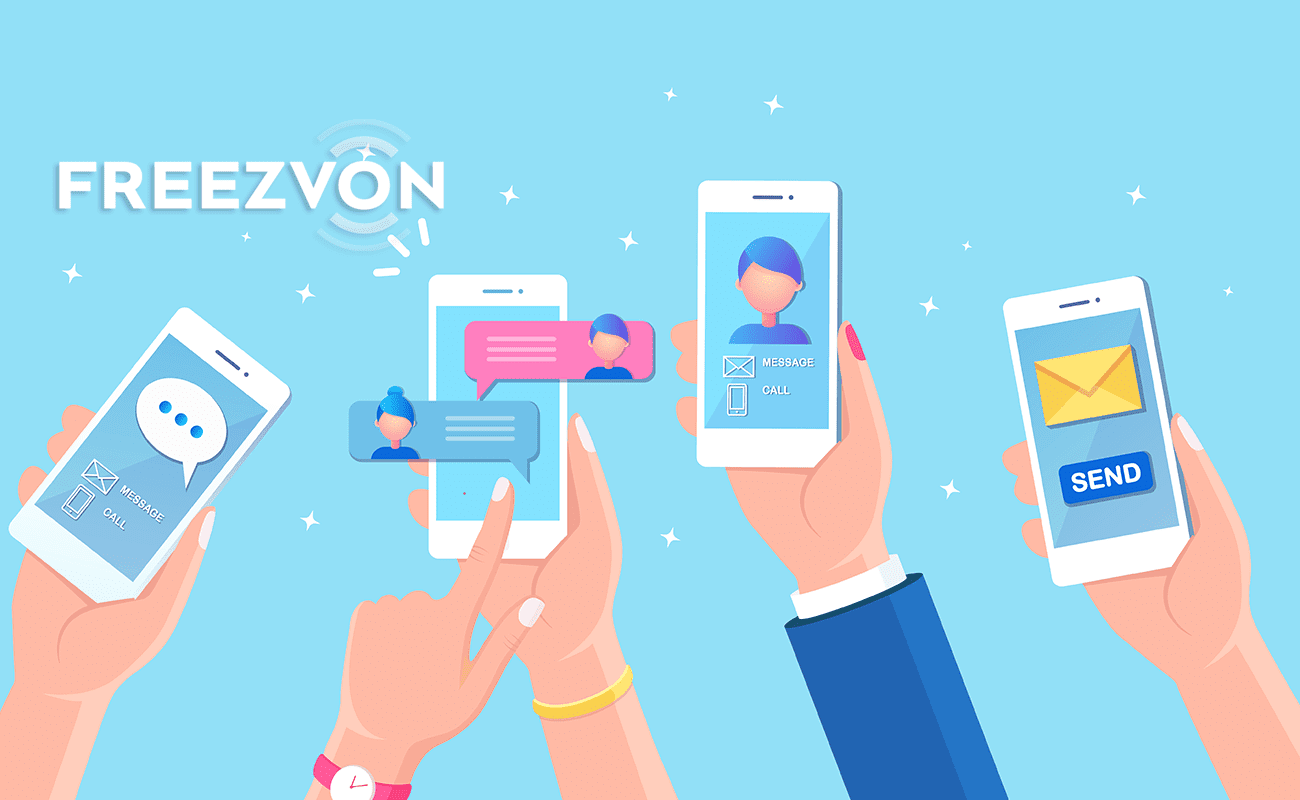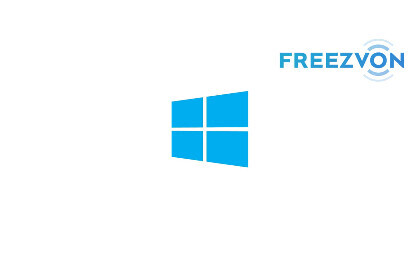Customer support channels: how to choose between chat and phone lines? Pros and cons of chat support, benefits and drawbacks of phone support.
Since the start, we want to warn: there is not going to be a definite answer. Significant differences between those two channels of communication undoubtedly exist. That does not mean that one is a worse option than another. Some factors influence the best choice: the product or service you provide, who your customers are, etc.
So, let's dive into figuring out the right option for you.
What is used for chat and phone support?
IP telephony, or VoIP, is typically used for phone support. What is IP telephony? It's a modern means of phone communications that employ IP protocol for cheap, fast, and reliable connections.
You can use chat support by adding a web widget to your website via HTML code.
People hate waiting for calls to pick up, don't they?
If you are a small company with limited personnel, manning phone lines could be challenging if you have many customer support requests. There's nothing people hate more than waiting and listening to the dial tone.
Chat on your website or in your app will take care of it, with chatbots that can provide answers to the most frequently asked questions.
From this, another problem arises. People hate chatting with bots as vehemently as waiting for an agent to answer the call! That's because a bot could only be useful so much. Its repetitive or irrelevant answers could be the opposite of helpful when the only thing you need is a human touch.
If you're using agents for chat support instead of bots or adding to it, then the issue of appropriate staffing will still play a role here. There have to be enough people to provide prompt and accurate responses to your customers.
So, what to do? Which option to choose? Any of it. Just be sure to:
- Make sure you have enough agents.
- Implement chatbots for the chat and IVR menu or auto-attendant for phone lines to process simple or frequently asked questions faster.
- Allow customers to leave a message in chat or on your voicemail instead of waiting. Best practice: if you inform them about a time-frame within which you can get back to them.
Phone lines are derelict; nobody calls anymore
Well, that's a prevalent opinion. But is it true? Not necessarily. People frequently prefer to text, sure, and they find calls annoying. But that's more true to outbound sales calls instead of inbound support requests.
The thing IP telephony for office can provide that chat can't is a more personalized experience. You call a company, you talk to a 100% real human being. And it's one-on-one communication, where you are the sole focus. With chat, even you talk to a human and not a bot, chances are, they have from two to a dozen other conversations happening right now.
Besides, an experienced agent can check the subtle non-verbal cues like the tone of voice to gauge the customer's mood on the phone. And, an agent has higher chances of de-escalating any conflict situations on the phone, where the customer can hear their genuine remorse or desire to help. That's just something that can't get across in chat in the same way.
And, you have to count your customers' preferences as well. If they are on the younger side, chat might be the better option, and a more mature audience may still prefer calls as their primary communication means.
By the way, some companies offer several levels of support: chat, email, and phone, with phone support being a complimentary service for premium accounts.
Others offer more modern means of calling, like using web widgets Click-to-Call and Callback.
Customer data
There's one thing about the chat that rules: you have a quick to search through and review, convenient to store, record of the conversation. You can export a chat and send a copy to your customer, even.
Regarding the analytics, it's easy to track what customer looks up on your website, how much time do they spend there, how frequently they visit, and more. But call analytics will be more useful to check the intuitive data, like using the tone of voice to figure out how emotions felt during the interaction with a customer support agent influenced the outcome.
You can use a call recording service to find out what your customer support does wrong - or right! - and make changes accordingly.
Costs and setup
It's hard to say that one or the other channel is more expensive.
For both IP telephony and chat software, prices start around $20.
Rates for IP telephony and chat both could vary depending on features and seats/agents/licenses.
IP telephony setup how-tos could be as simple as purchasing a virtual phone number with forwarding to your mobile or as advanced as using a virtual IP PBX for more features: call queues, conditional call forwarding, and more. You can also use IP telephony applications: Zoiper, PortSIP, Bria, Linphone, and others.
Chat, on the other hand, will use a code that you need to add to your website and the web interface of the chat service provider.
Multichannel/omnichannel support
Chat vs Phone. There is an answer to this dilemma. Rather than choosing between chat and phone, better to use both of these methods. Or all of them. WhatsApp, Telegram, Facebook, or other social media and apps that are popular in your country, you can use all of it to provide top-notch customer service! That way, you can use "the best of both worlds.” Your customers will choose for themselves what do they find more convenient.
Though, keep in mind that WhatsApp and other similar services use mobile phone numbers for verifying accounts. It's not a good idea to use a personal number of an employee to sign up. Sometimes people leave the company, and do you really need the hassle of restoring access or changing the account's phone number? Besides, multiple agents could need access simultaneously. In which case, using a SIM-card that couldn't be everywhere at once is not a good option. Virtual numbers with online SMS history or email forwarding may be a much better plan.
Just make sure verification is possible in the country of your choice.
Ultimately, what's the best option to support your customer is something only you can answer. We recommend implementing multichannel support and letting your customers decide.


